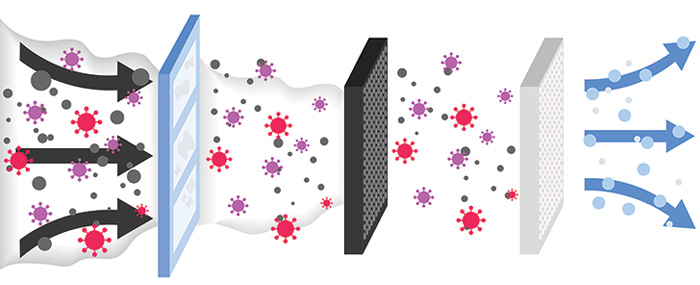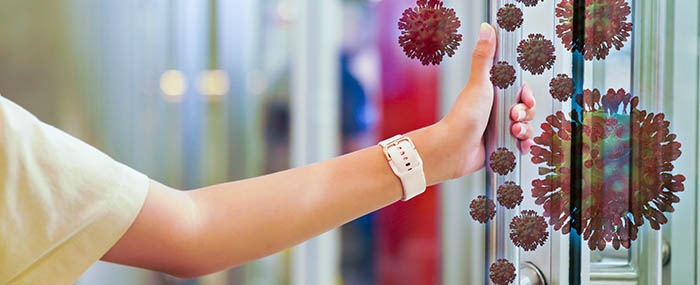In this blog post, PROTECT NCS researchers Professor Cath Noakes and Alan Beswick discuss how HEPA filter based air cleaners can reduce transmission of respiratory infections. As we enter the coldest months of the year the combination of cooler, damper weather will...









Recent Comments